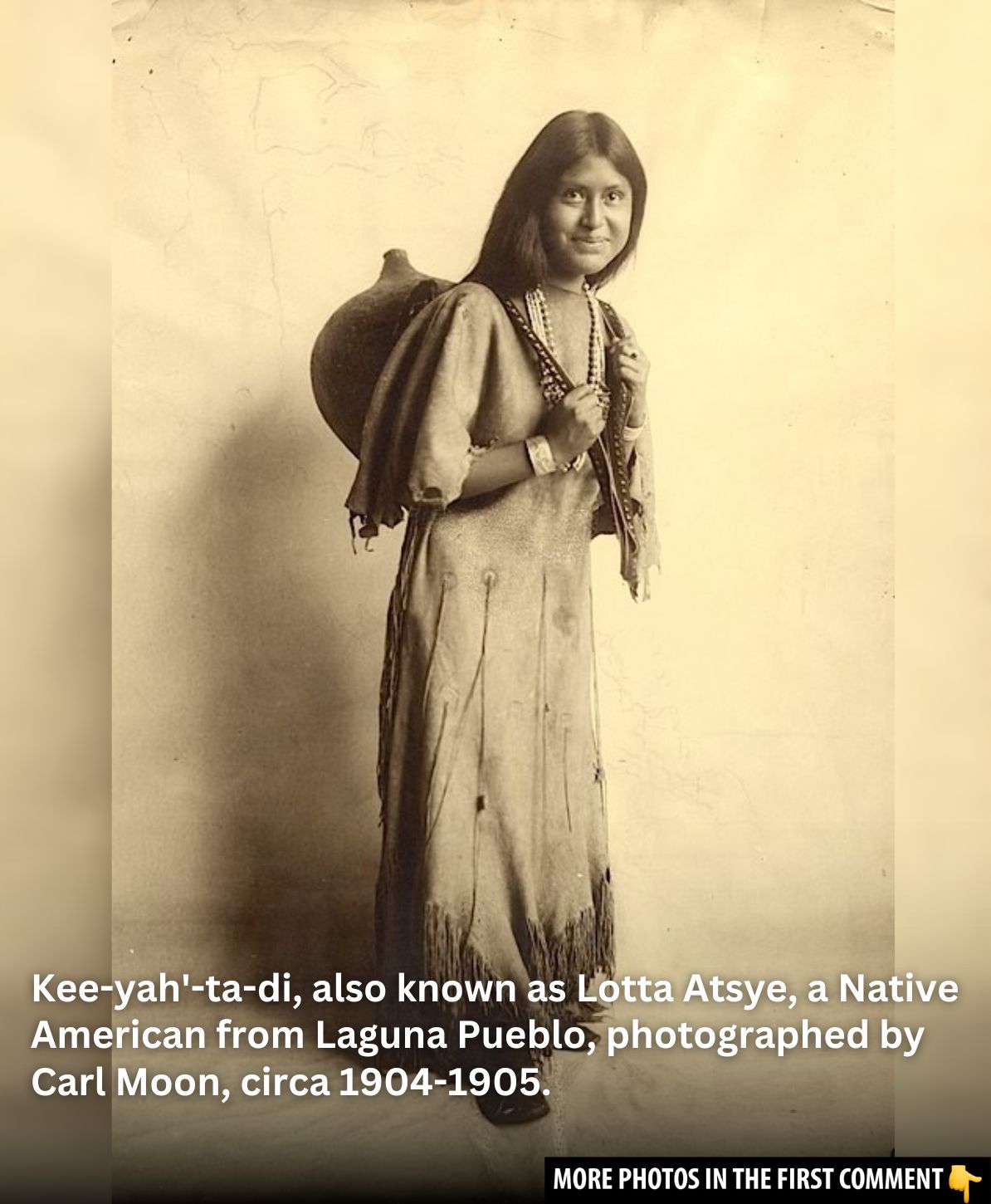Edward Sheriff Curtis, born in 1868 in Wisconsin, embarked on a photographic journey that would leave an indelible mark on history. Known for his work documenting the lives of Native American tribes, Curtis captured moments of culture, tradition, and daily life in the early 20th century. His most renowned project, The North American Indian, is a 20-volume series that includes thousands of photographs and sound recordings of indigenous peoples across North America. While Curtis’ images are often idealized and romanticized, they have come to serve as one of the most important visual records of Native American life at the time. This article explores the fascinating life and work of Edward Curtis, his iconic photographs, and the complex legacy of his documentation.
The North American Indian Project
In 1906, wealthy financier J.P. Morgan approached Curtis with the idea of funding a project to document the Native American tribes before their ways of life were lost forever. This partnership led to The North American Indian, a massive undertaking that would span over 20 years.
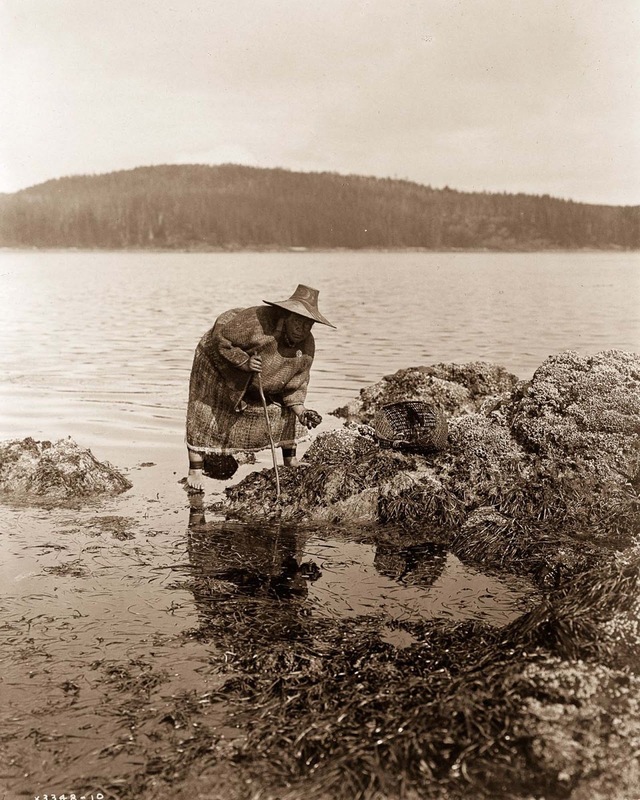
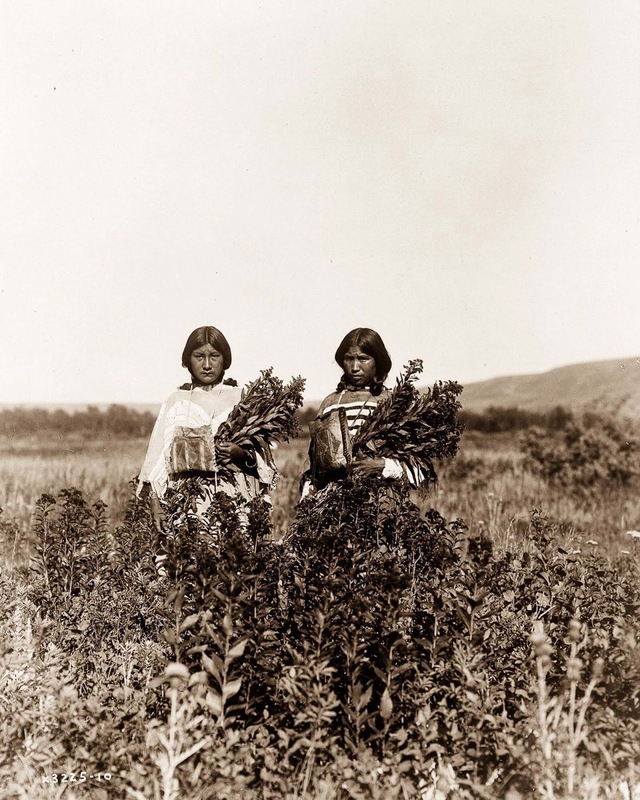
With Curtis as the photographer and ethnographer, the project aimed to capture the culture, traditions, and languages of more than 80 tribes. At the time, many Native communities were under threat from encroaching settlers, and Curtis sought to preserve their heritage through his photography and recordings.
The project was grand in scale and vision. Curtis’ work was not only about capturing images, but also about preserving languages and traditions that were being lost to colonization. His team traveled across the United States and Canada, visiting tribes in remote locations, sometimes facing harsh conditions, and building relationships with the people they encountered. Curtis documented everything from traditional ceremonies to daily tasks, from the beauty of Native dress to the powerful portraits of tribal leaders.
Video
Watch this video to see the oldest Native American footage ever captured!
Challenges and Adventures in Native American Communities
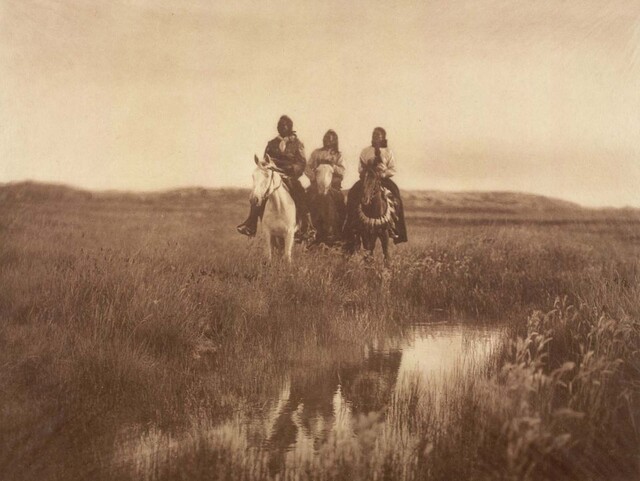
While Curtis’ project was ambitious, it was not without its difficulties. The journey was fraught with challenges, including impassable roads, mechanical failures, and diseases. Curtis’ team endured extreme weather conditions, traveling through freezing cold in Alaska and enduring scorching heat in the Mohave Desert. Despite these challenges, Curtis was determined to complete his task, often pushing himself and his crew to the limit.
His work was not only physically demanding but also required him to build trust with the Native communities he encountered. Curtis approached his subjects with great respect, making sure to work alongside them rather than for them. His focus was on collaboration, and he often said, “We, not you,” emphasizing that he saw himself as part of the communities he photographed, rather than an outsider.
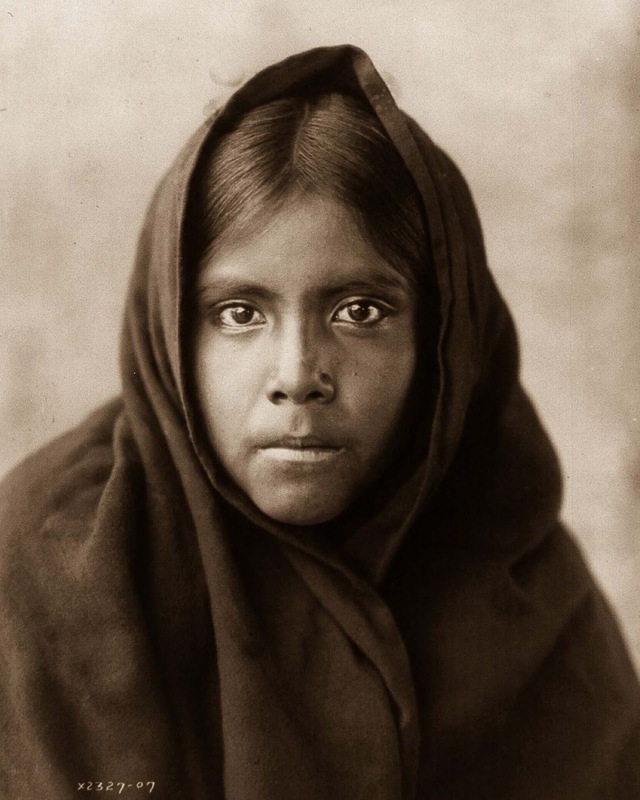
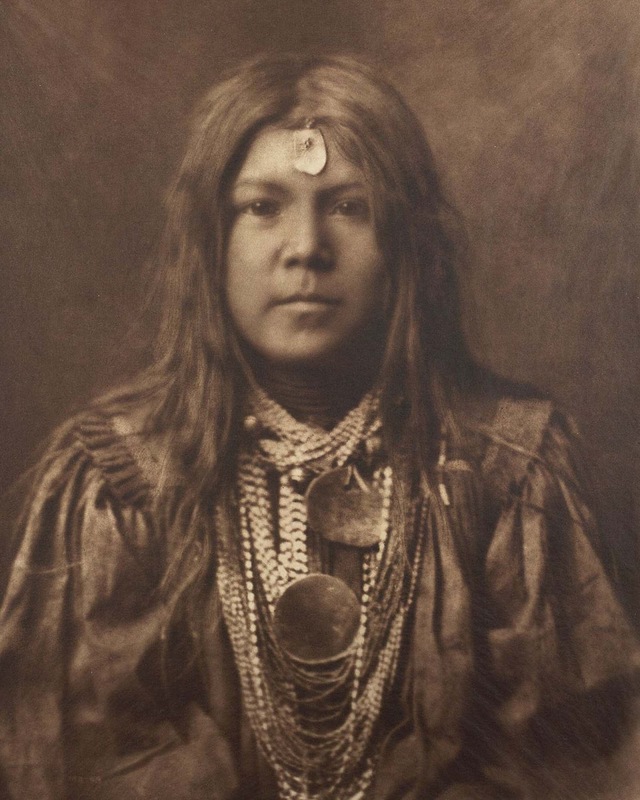
Iconic Native American Figures Photographed by Curtis
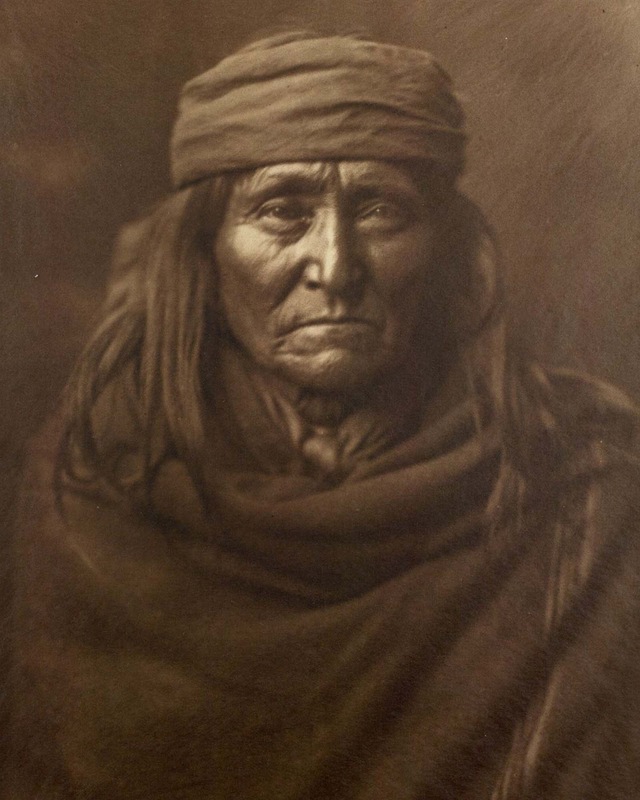
Throughout his journey, Curtis had the privilege of meeting and photographing some of the most prominent Native American figures of the time. Among his most famous subjects were Geronimo, Red Cloud, and Chief Joseph. These leaders were at the forefront of Native American resistance during a time of intense conflict and dispossession. Curtis was able to capture their likenesses in portraits that have since become iconic.
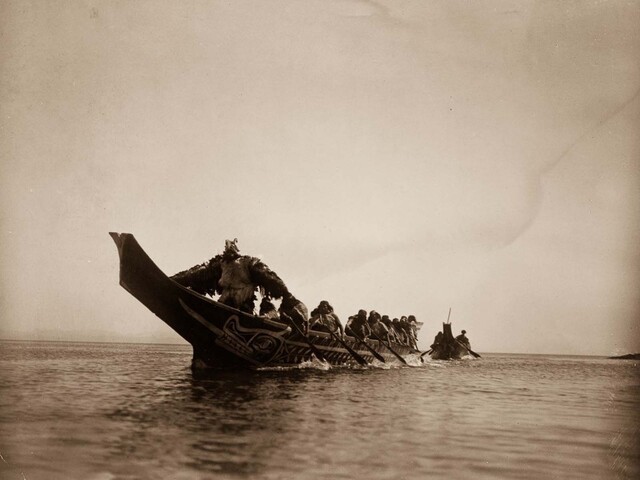
For example, Curtis’ photograph of Geronimo, the Apache leader, showcases the resilience and dignity of the man who fought fiercely against American forces. In his portrayal of Red Cloud, Curtis captured the deep wisdom in the eyes of a leader who had successfully negotiated with the U.S. government to secure the rights of his people. These portraits, and many others, remain vital historical records, immortalizing the strength and spirit of Native American leaders.
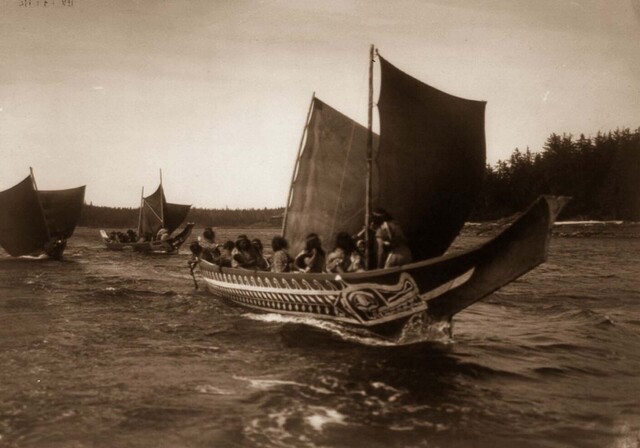
The Role of Sound Recordings in the Project
In addition to his photographic work, Curtis sought to preserve the languages, songs, and stories of the tribes he visited. Using wax cylinders, his team recorded over 10,000 pieces of Native American music, speech, and storytelling. These recordings provided a rich auditory history of Native culture, offering insight into the languages and traditions of over 80 tribes.
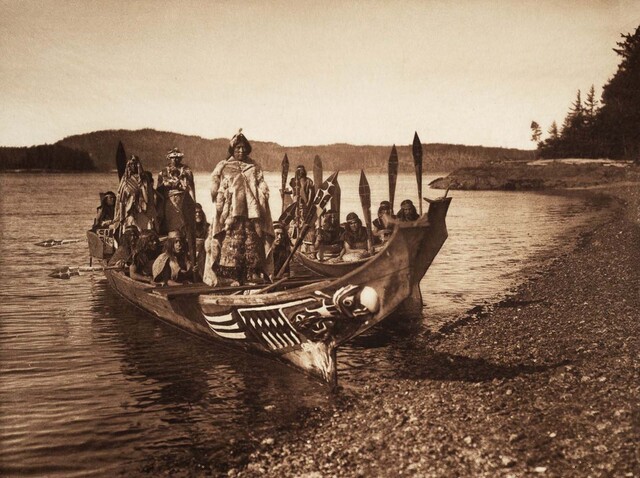
The recordings were made during Curtis’ travels and were often played back to the tribal elders who were both amused and sometimes compensated for allowing Curtis to record. These sound recordings are now considered invaluable artifacts, preserving a cultural legacy that might otherwise have been lost. Curtis’ efforts to document not just the visual aspects of Native life but also the sounds that were central to their cultures has made his work even more significant.
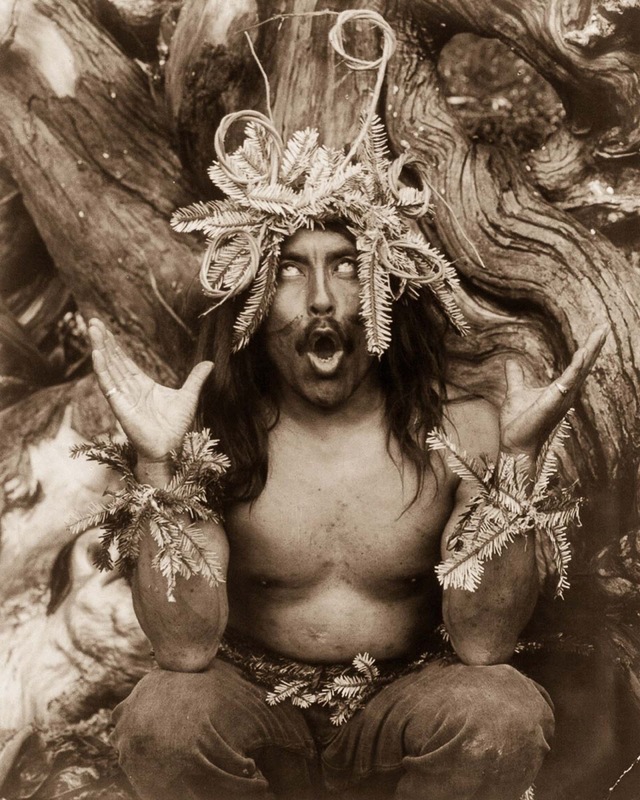
Curtis’ Style: The “Shadow Catcher”
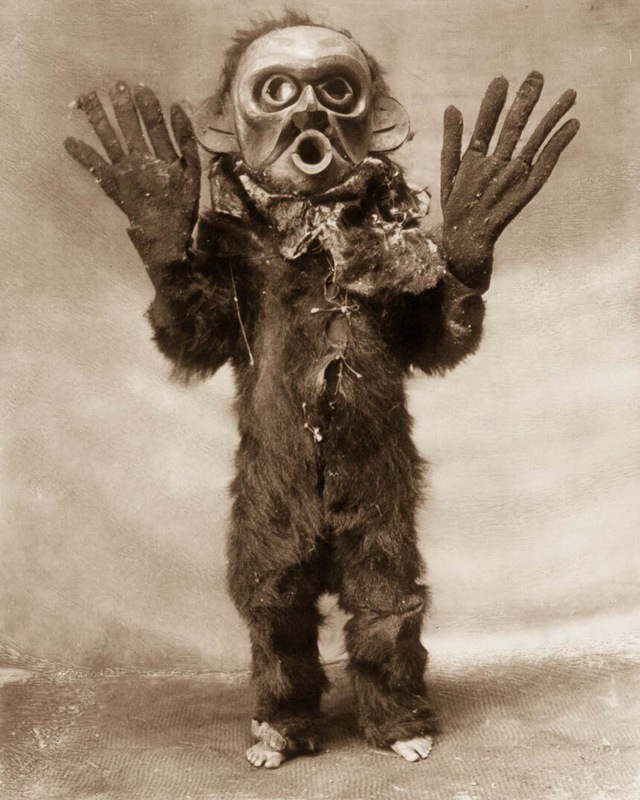

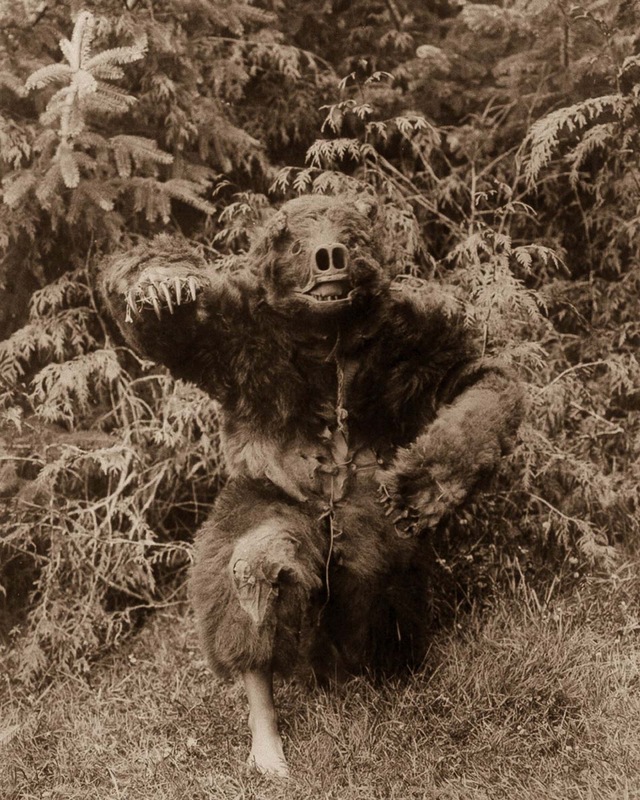
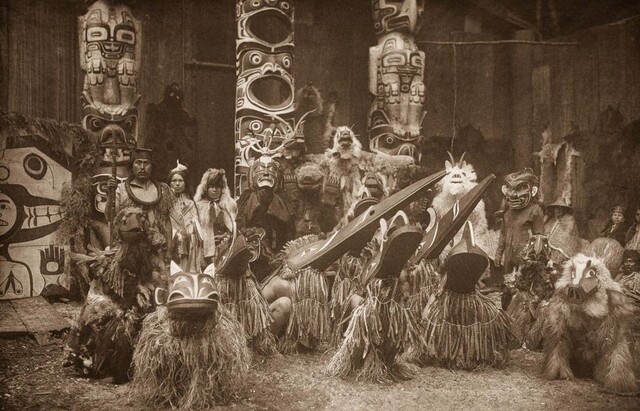
Curtis’ approach to photography was unique for its time. Known as the “Shadow Catcher,” he employed a large-format camera that produced highly detailed glass plate negatives. His use of these cameras allowed him to capture every fine detail of his subjects, producing images with a level of clarity that was exceptional for the era.
One of the key elements of Curtis’ style was his ability to create a romanticized image of Native American life. Many of his photographs were staged to remove signs of Western influence, presenting a view of Native life that was closer to the idealized, pre-colonial existence that Curtis and many others imagined. This practice has sparked debates over the authenticity of his work, as some critics argue that Curtis altered reality to fit his vision of Native American life. Nevertheless, his photographs remain an essential visual record of the people and culture he encountered.
Romanticizing Native American Life: Authenticity vs. Idealism
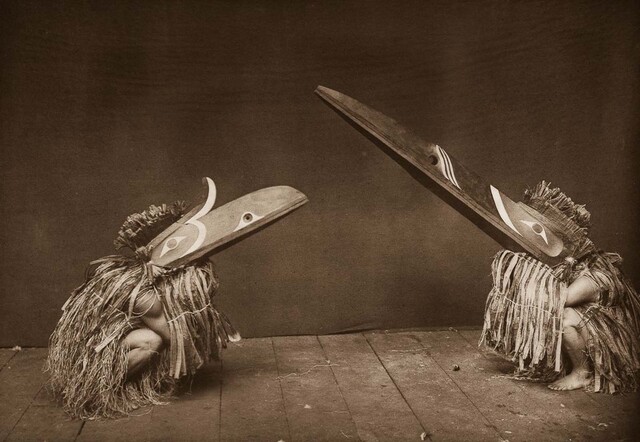
Curtis’ tendency to romanticize Native American culture has been a point of contention among scholars and Native American communities. By removing modern elements from his photographs, Curtis created an idealized image of a “noble savage” living in harmony with nature. This portrayal has been criticized for perpetuating stereotypes about Native peoples and distorting their lived reality.
While Curtis’ intentions may have been noble—aiming to preserve a vanishing way of life—his work sometimes failed to capture the full complexity of the Native American experience. Many of the tribes Curtis visited were already living in the midst of modernity, having adapted to changes brought on by colonization. Yet, Curtis’ photographs often present an image of timelessness, ignoring the ways in which Native American cultures had been forced to adapt and change.
Legacy and Historical Significance of Curtis’ Work
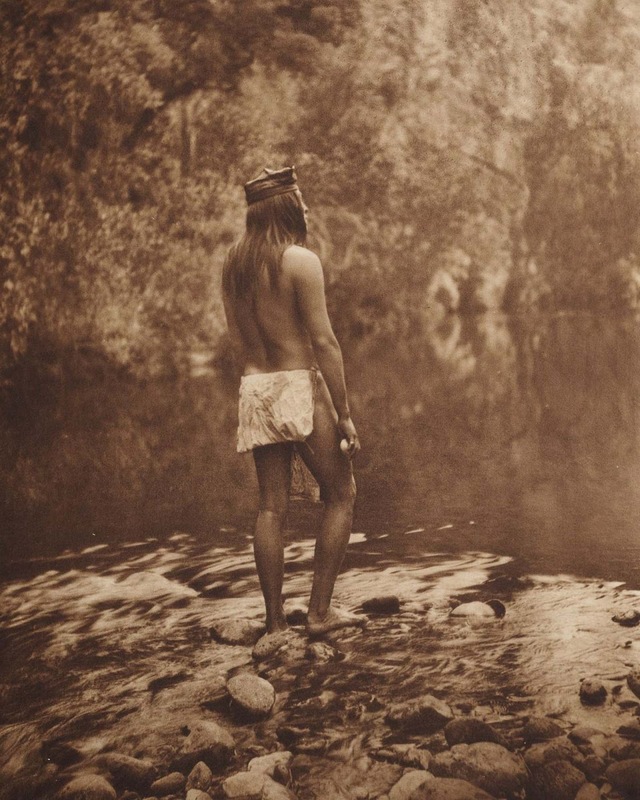
Despite the controversy surrounding his methods, Edward Curtis’ work has had a lasting impact on how we understand Native American life. His photographs are some of the most iconic images of indigenous peoples from the early 20th century, providing a glimpse into a world that was rapidly changing. Curtis’ efforts to preserve Native American cultures have made his work an invaluable historical record, though it remains a product of its time, shaped by the biases and romantic notions of the era.
Today, Curtis’ photographs continue to be studied and admired, both for their artistic value and their cultural significance. They offer a glimpse into a way of life that was being rapidly lost and continue to spark conversations about the representation of Native Americans in art and history.
Gallery: Iconic Images from Curtis’ Collection
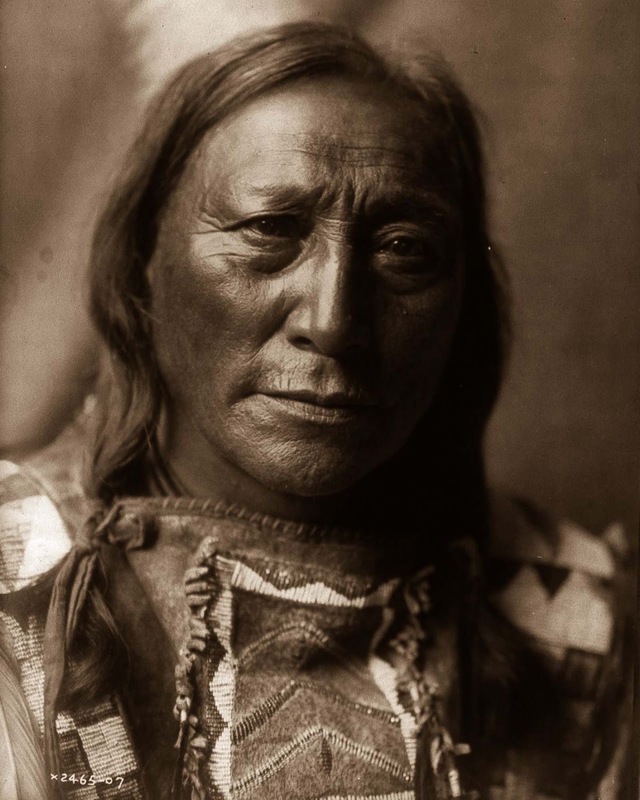
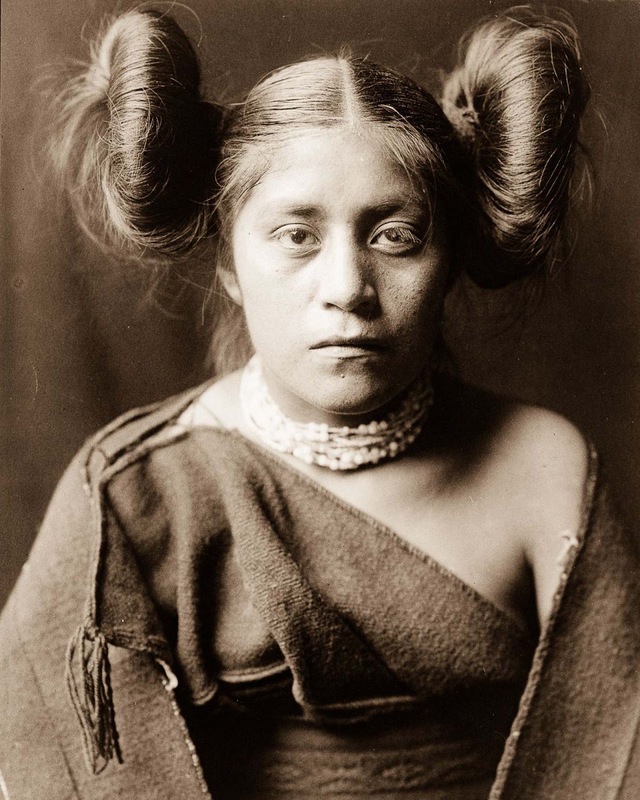
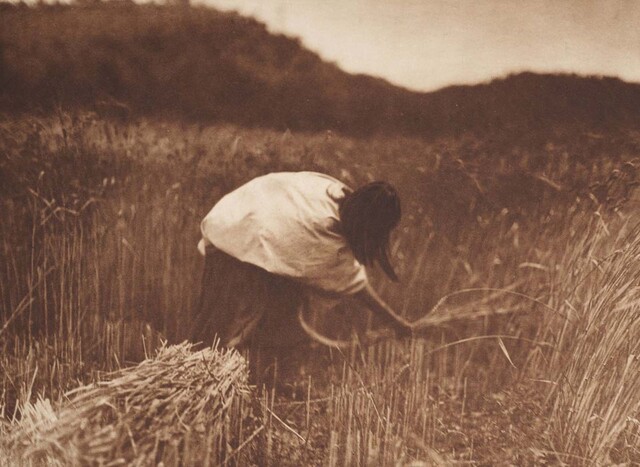
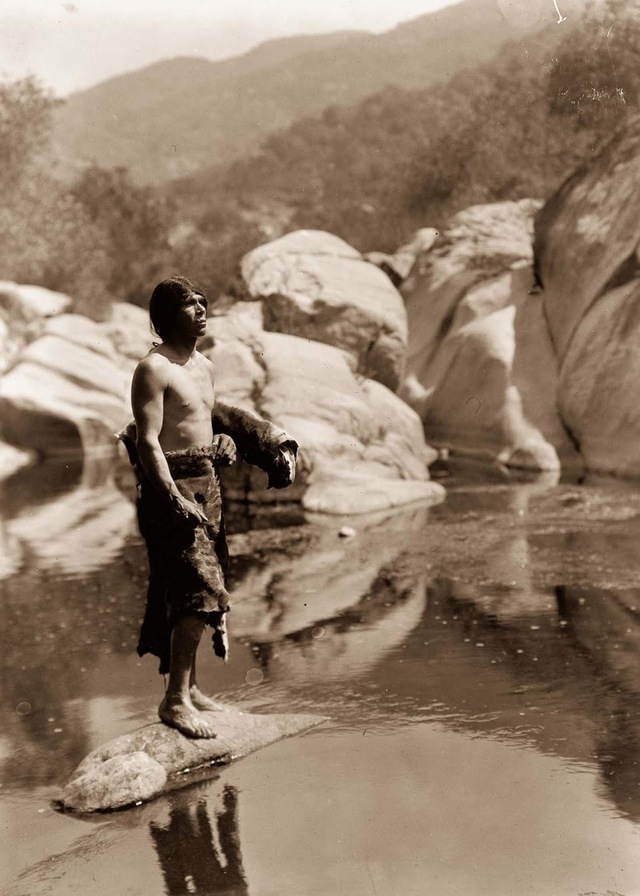
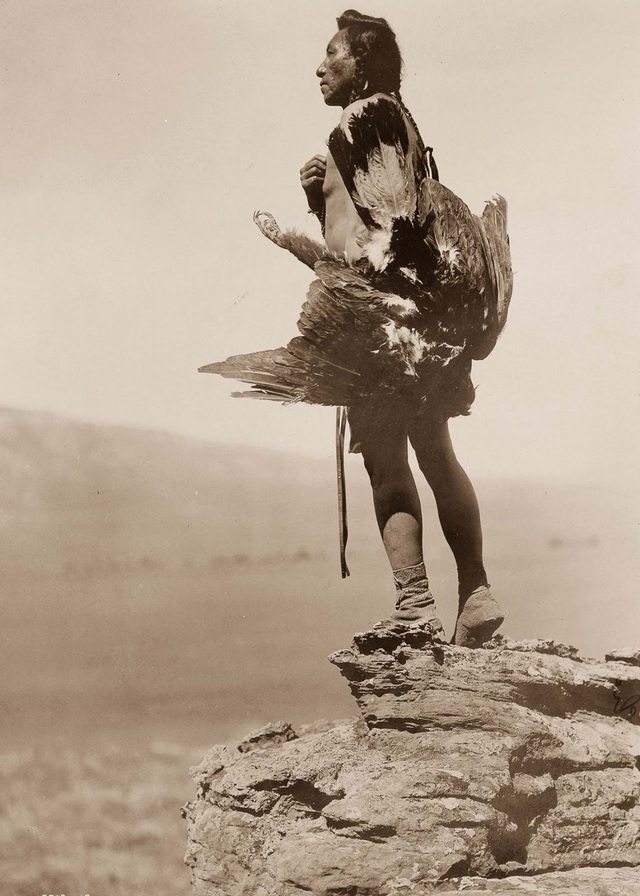
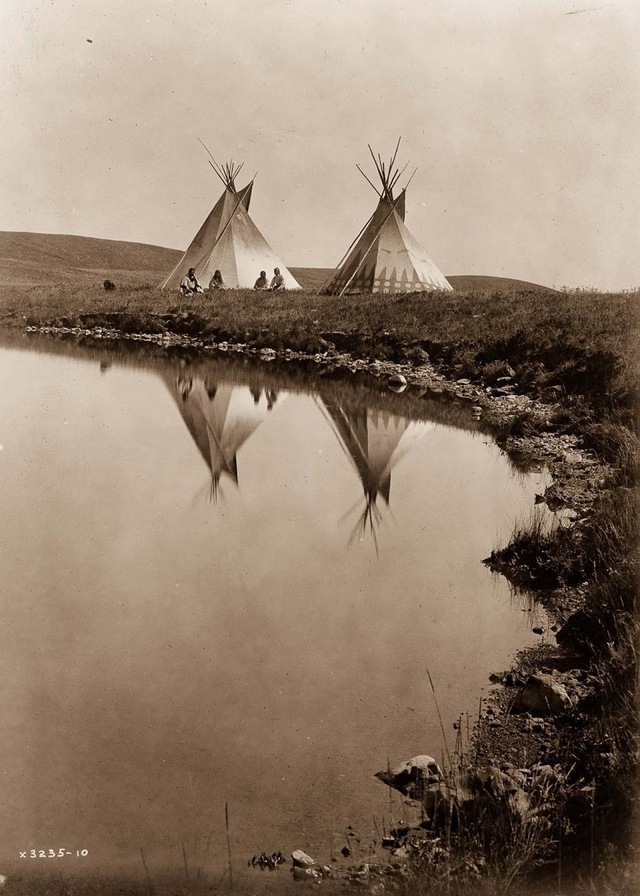
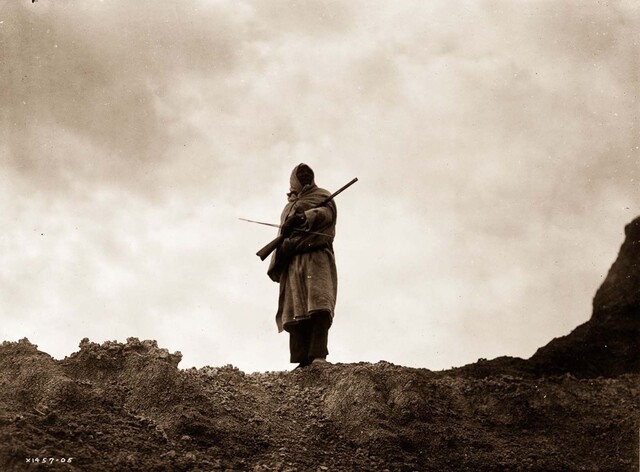
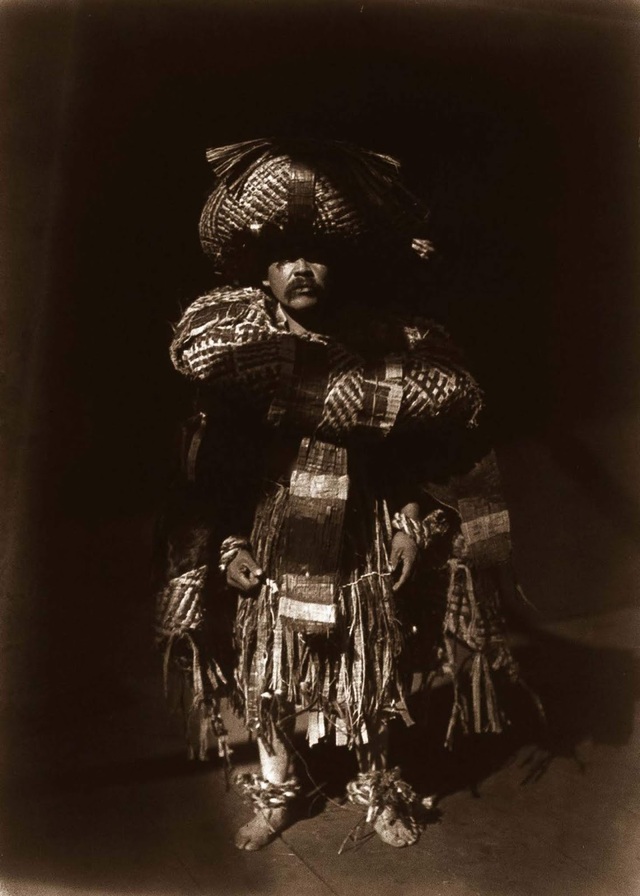
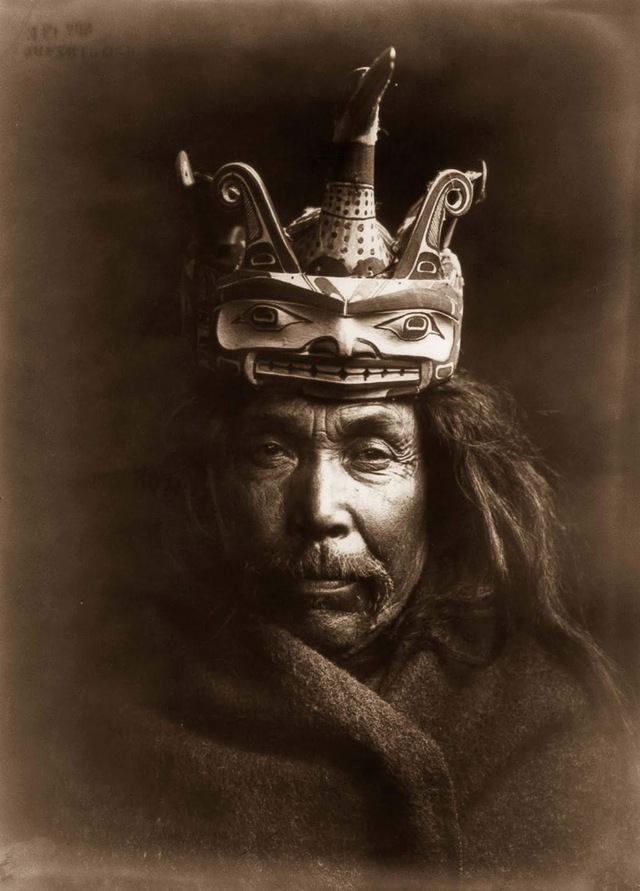
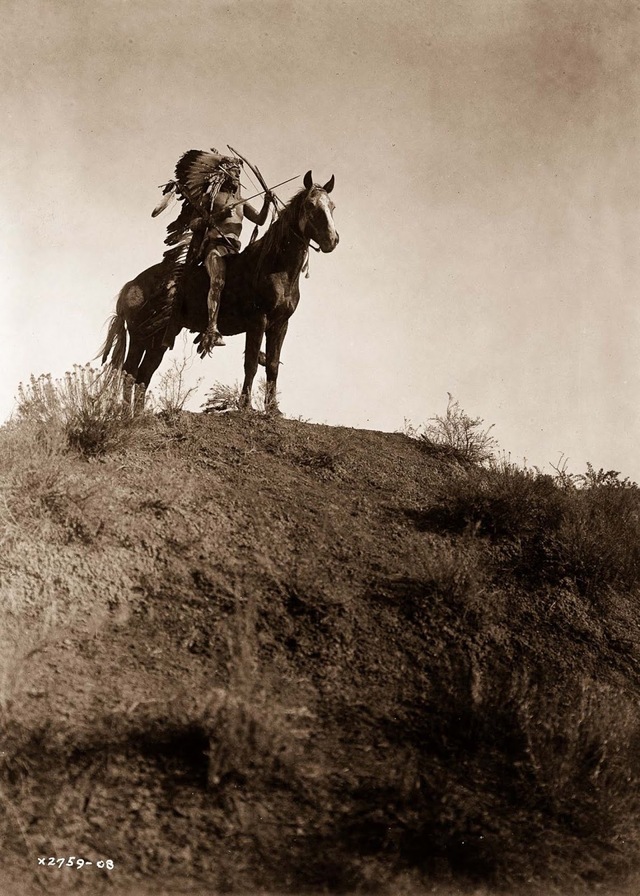
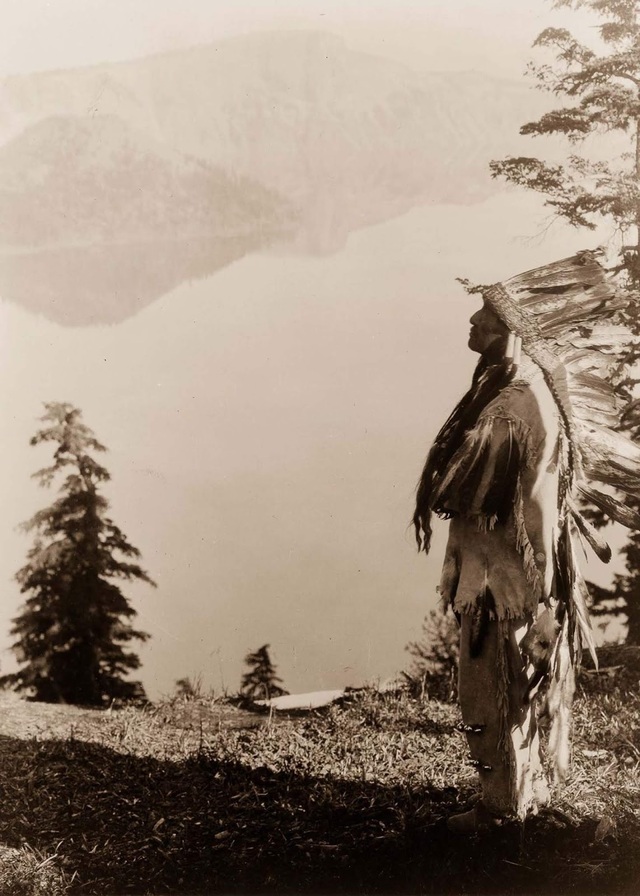
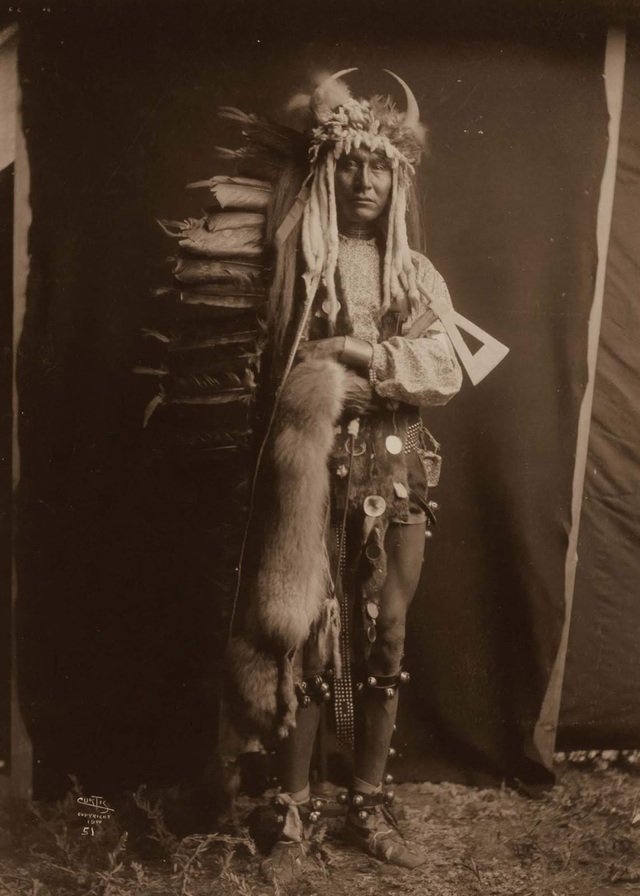
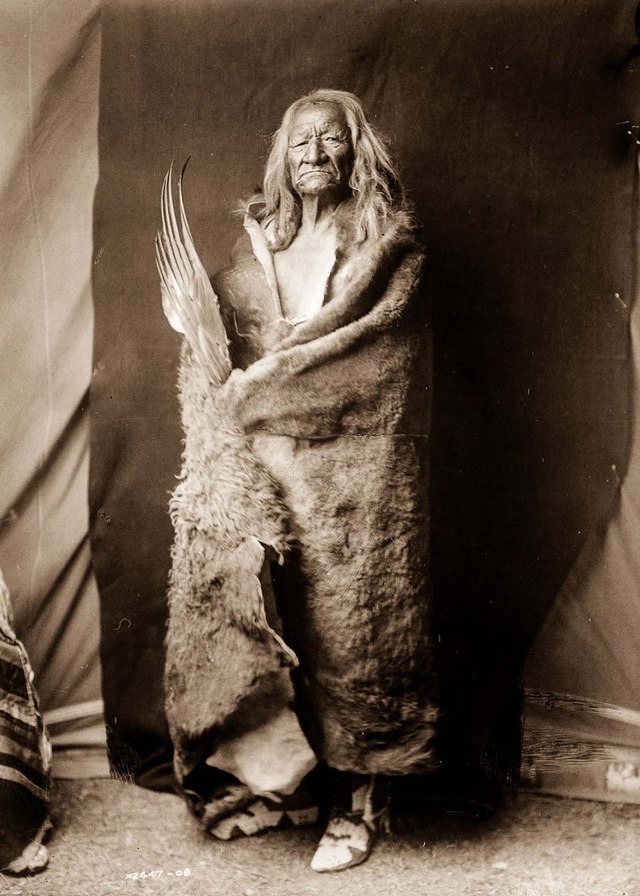
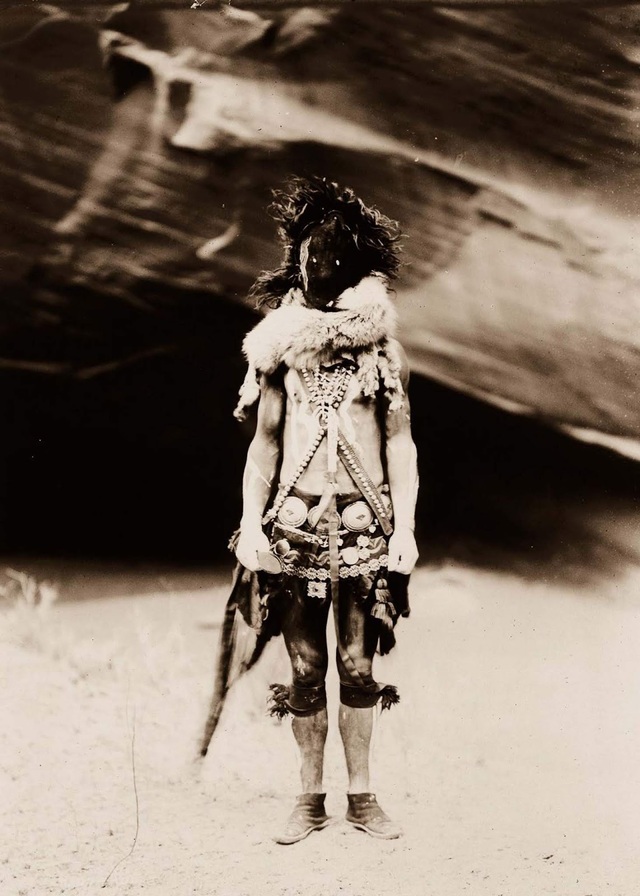
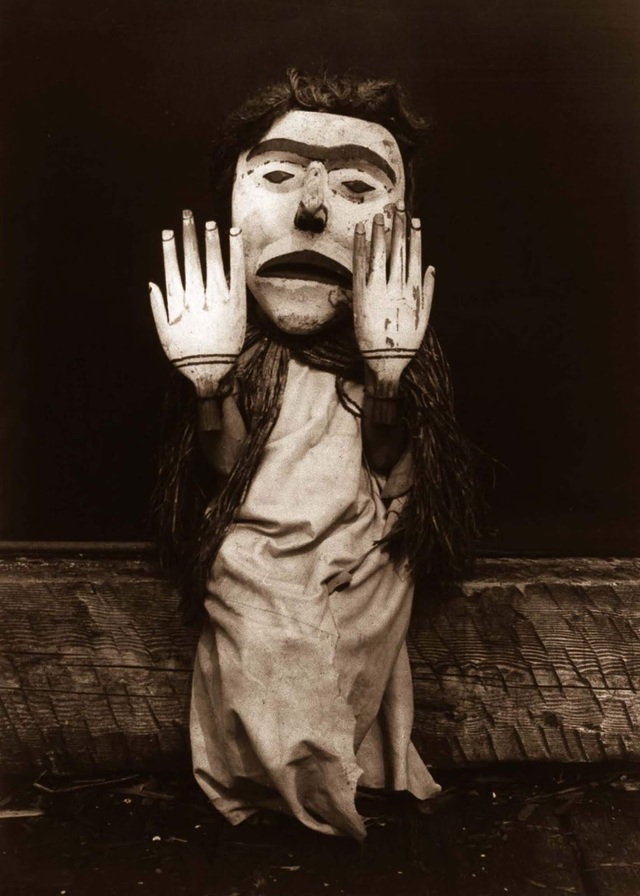
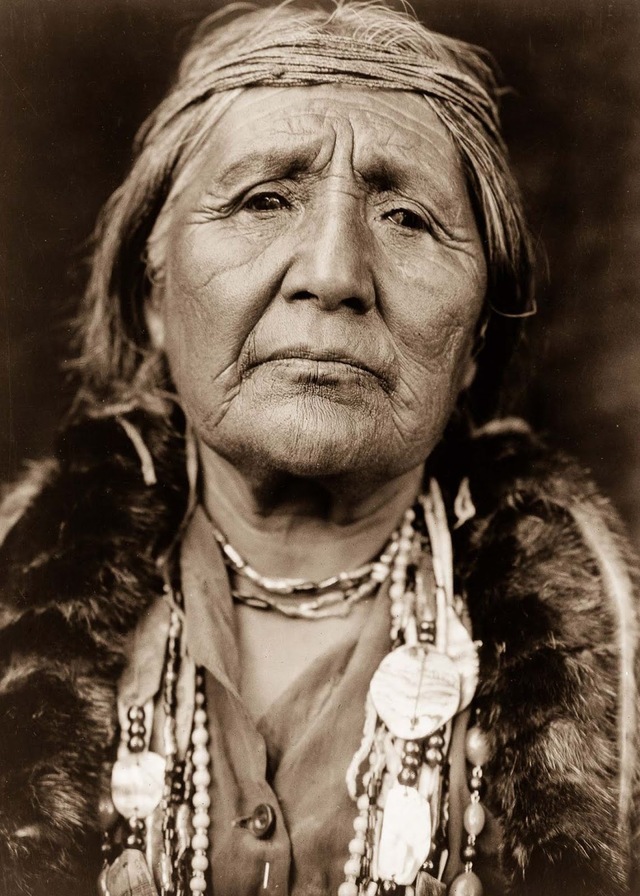
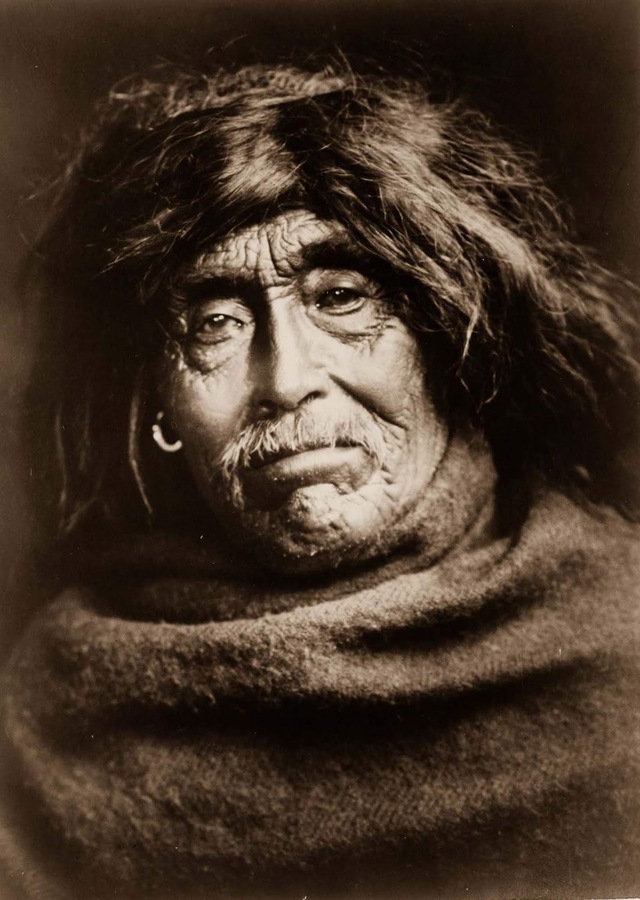
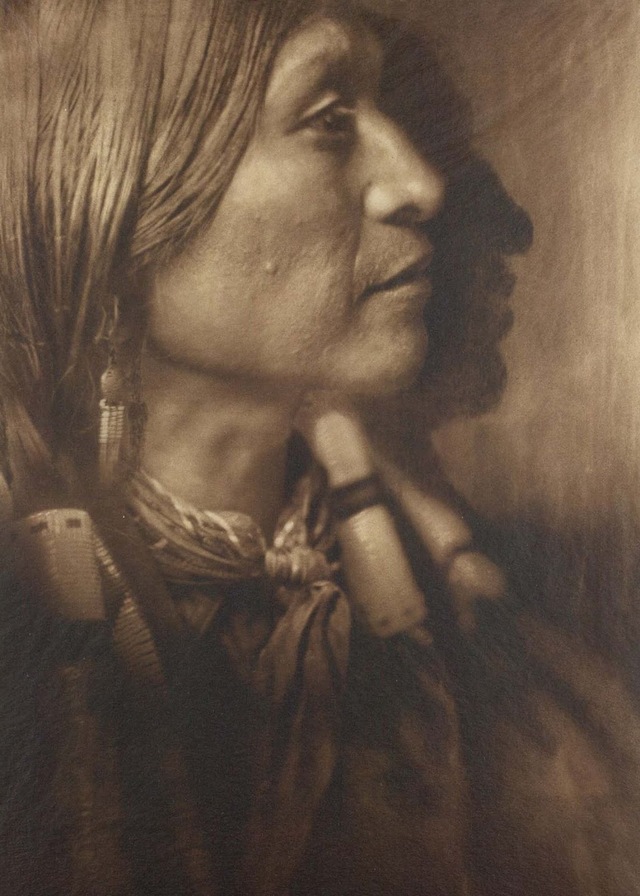
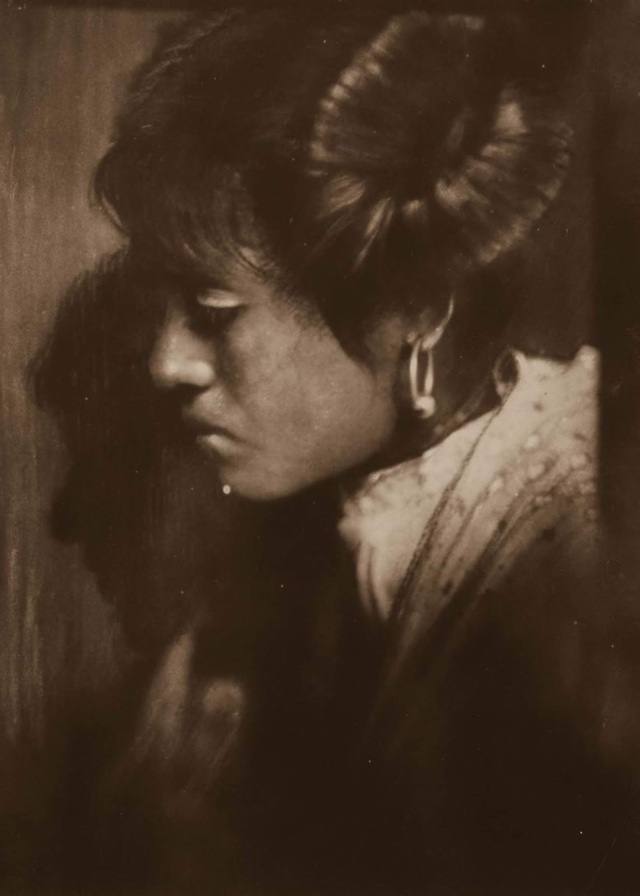
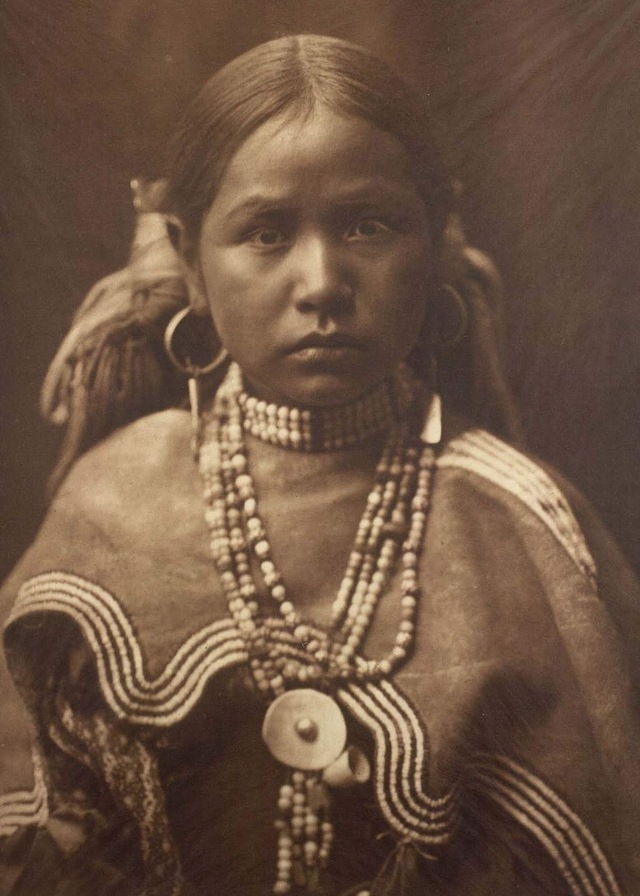
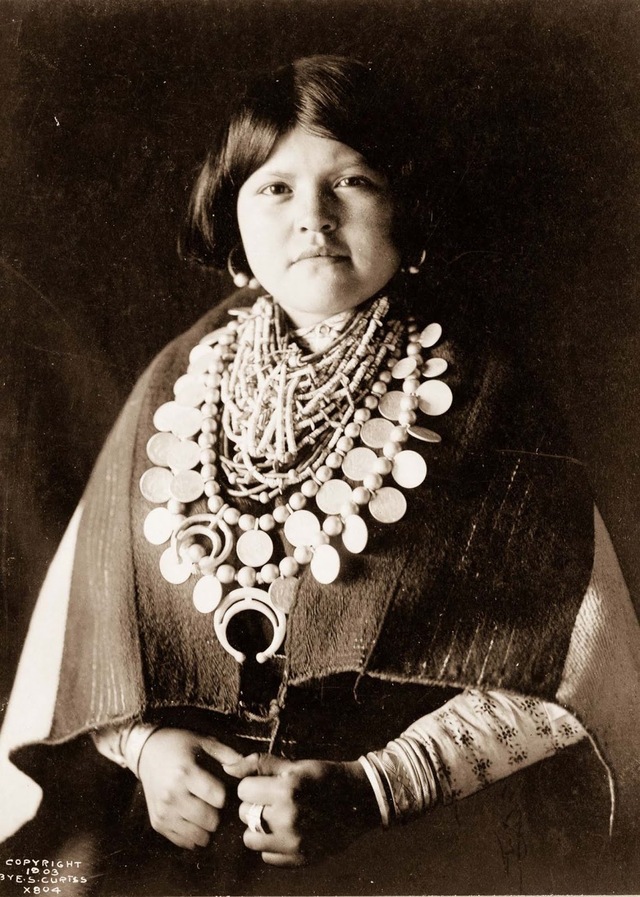
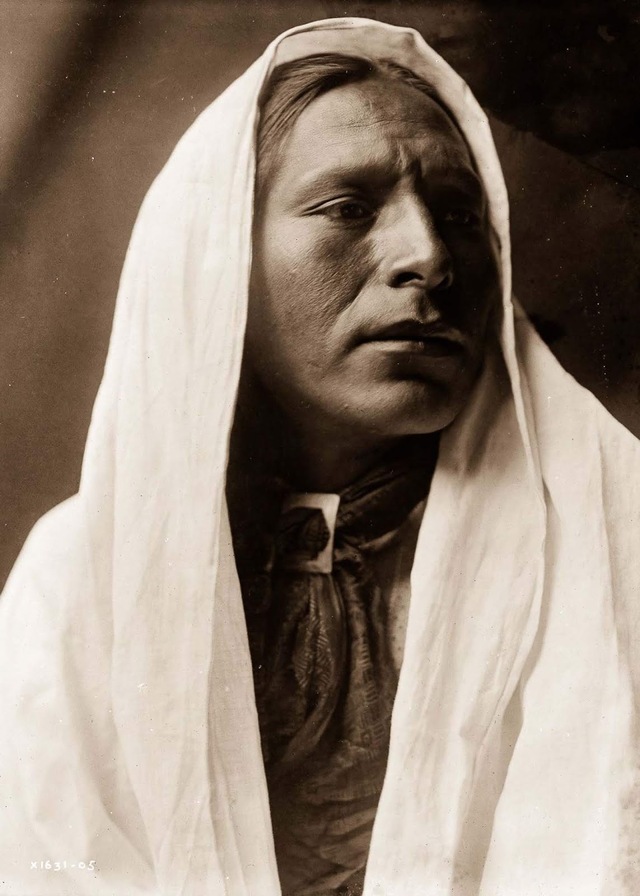
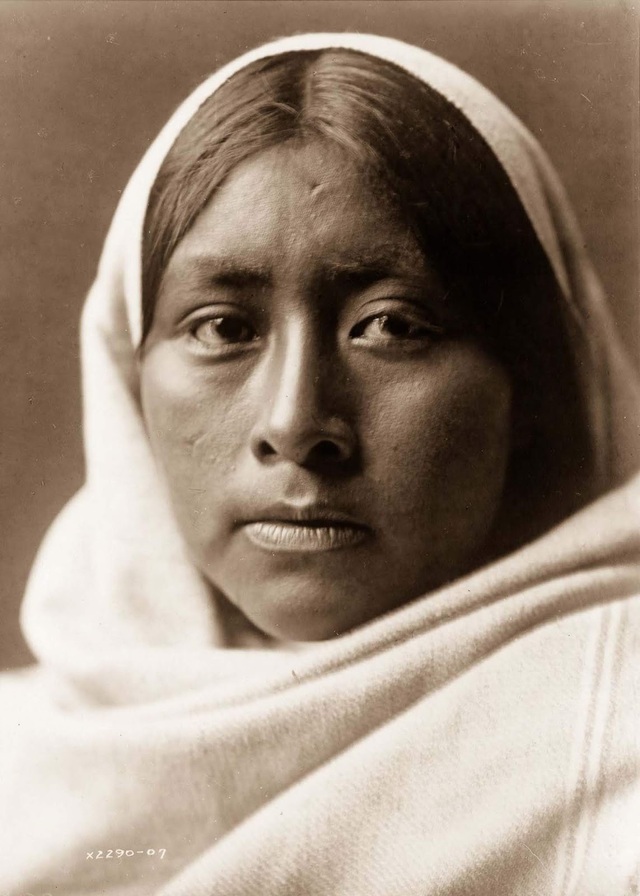
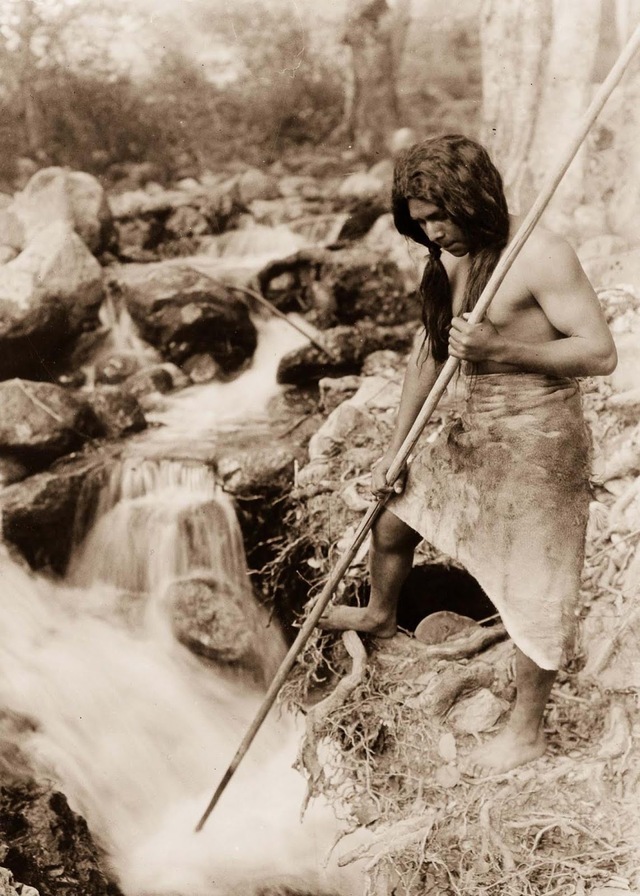
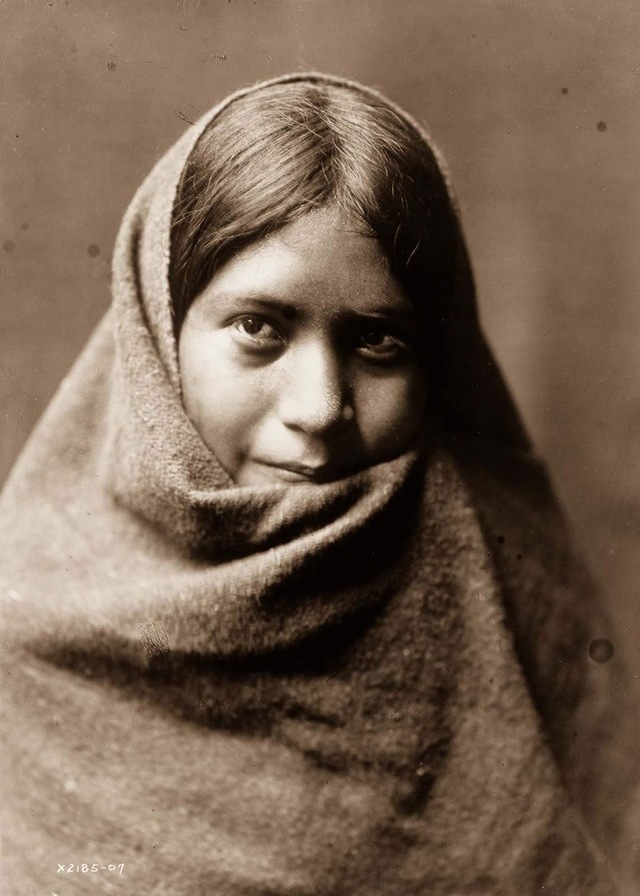
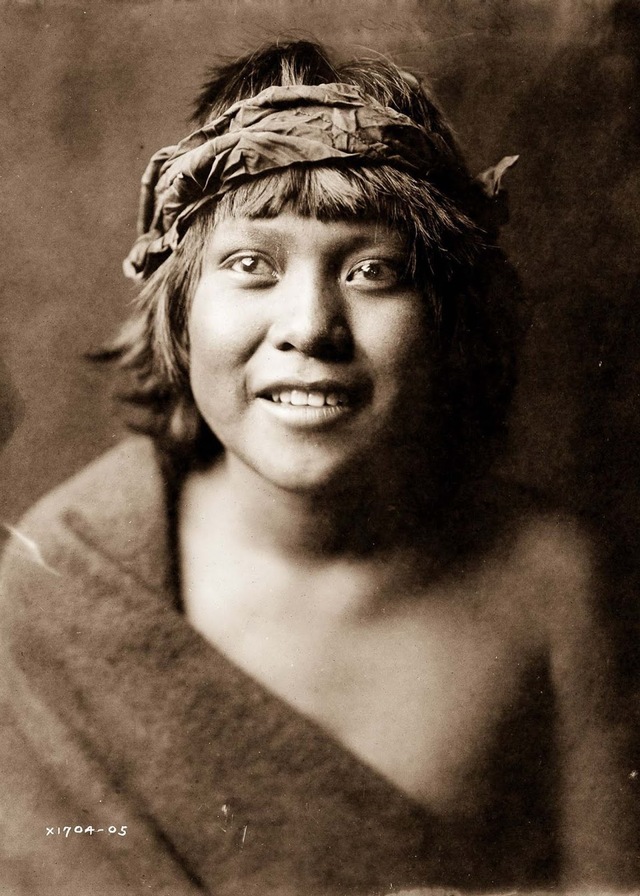
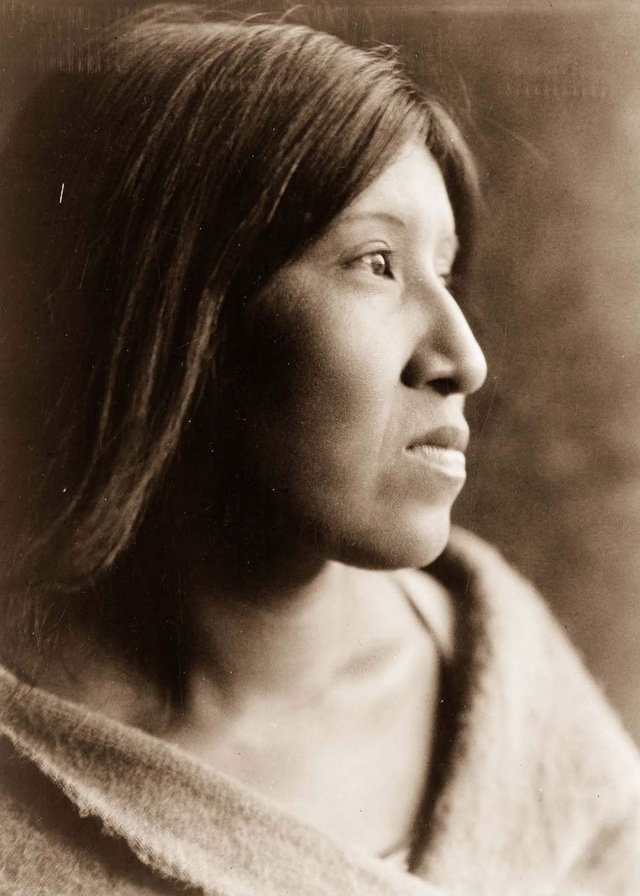
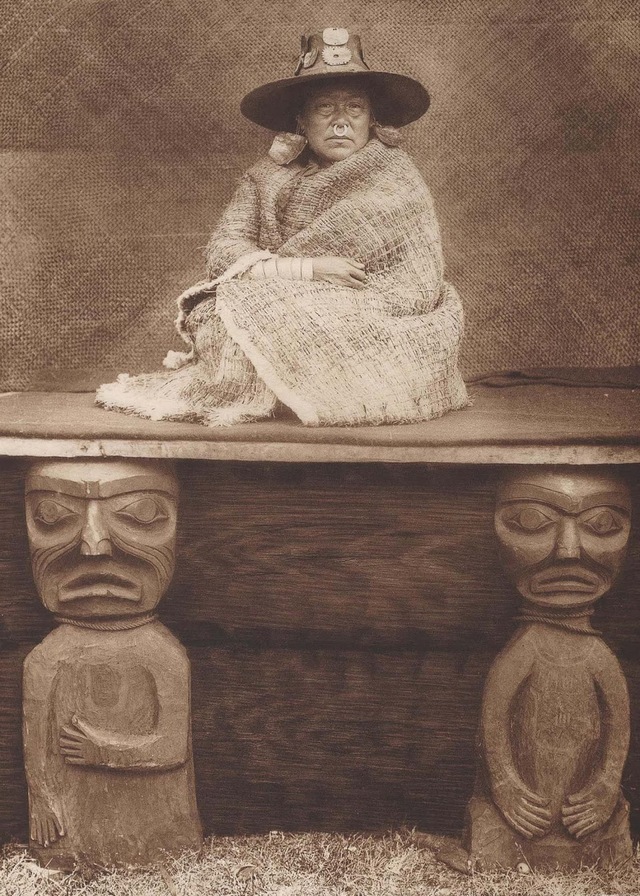
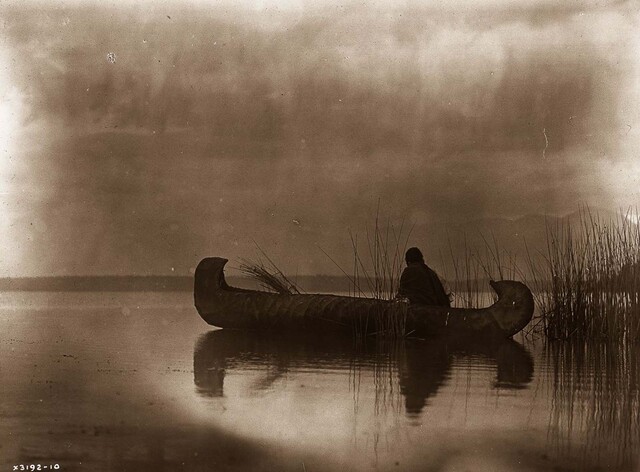
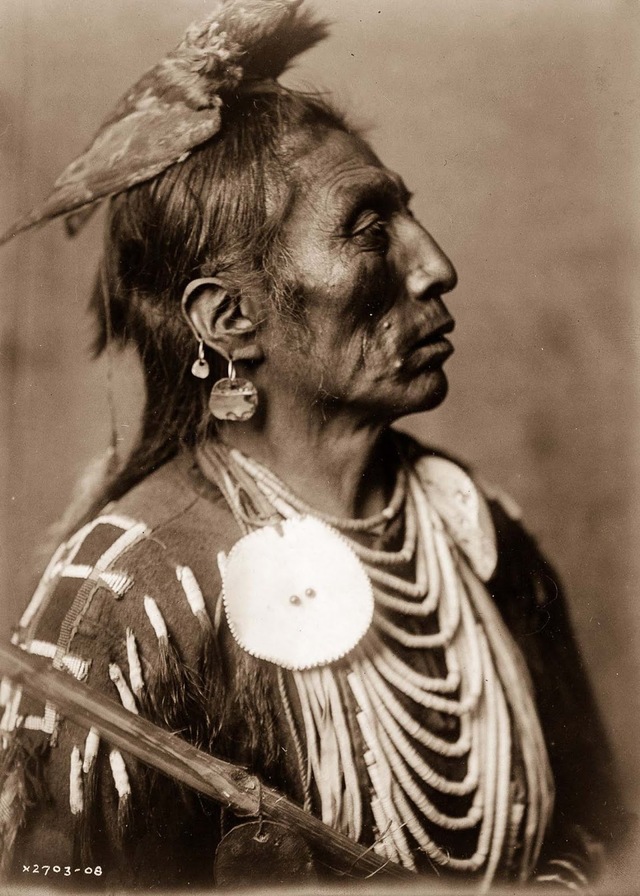
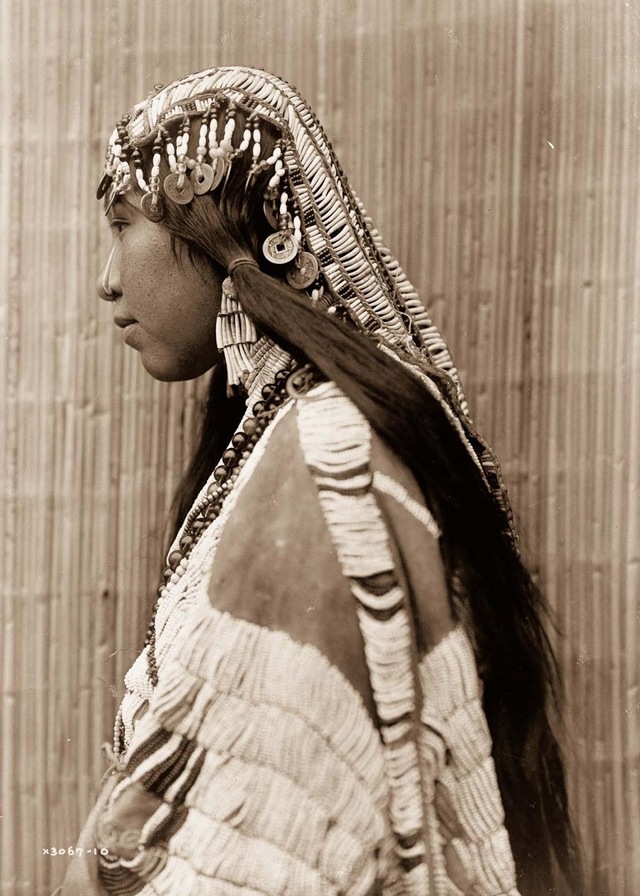
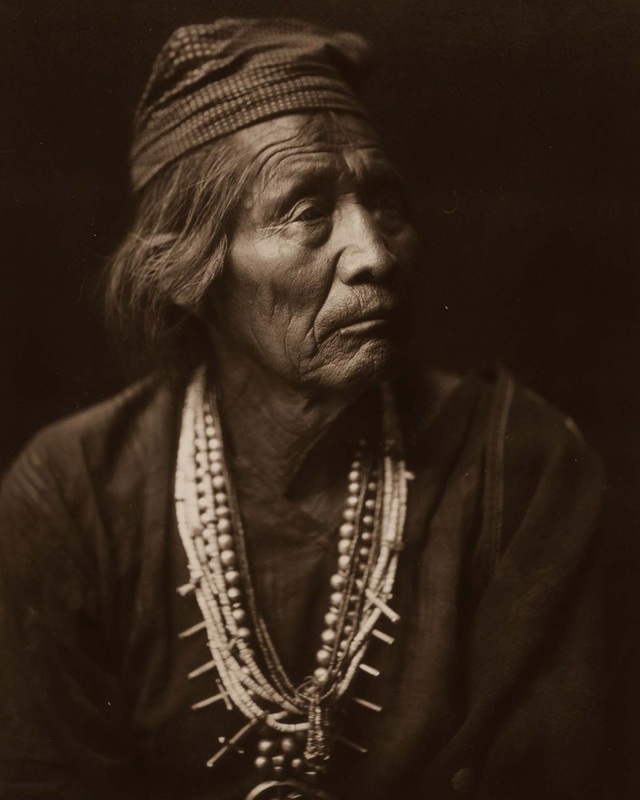
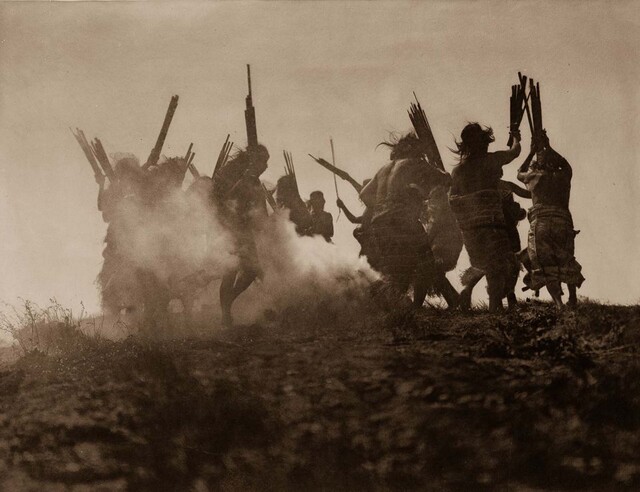
Conclusion: Reflecting on Native American Life Through the Lens of History
Edward Curtis’ photographs are a powerful reminder of the rich cultural heritage of Native American tribes, as well as the challenges they faced during a period of immense change. While his images may be romanticized and idealized, they still provide an invaluable historical record of a time when many Native communities were struggling to preserve their traditions in the face of colonization and assimilation. As we reflect on Curtis’ work, it is important to acknowledge both its artistic value and its limitations, recognizing the complexity of the Native American experience and the ongoing journey of indigenous peoples today.
Video
Watch this video to explore the first contact between Vikings and Native Americans, including their battles!
